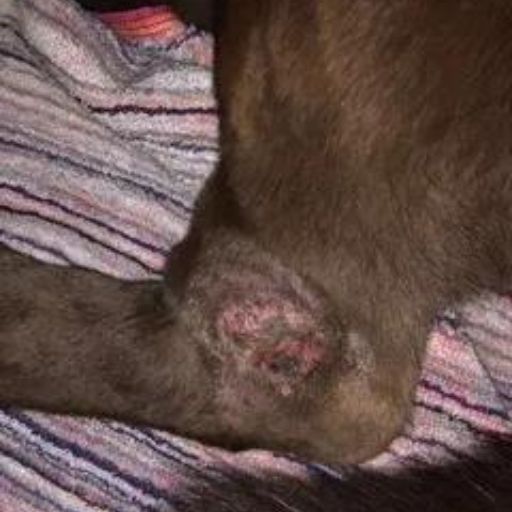July 24, 2024
Honey: Nature’s Polysporin
Honey: Nature’s Polysporin
Proper wound management is important to ensure that a wound heals well. Once a veterinarian has assessed the area, the wound is typically clipped, cleaned and irrigated to remove as much gross contaminant and bacteria as possible.
This wound on Hunter’s leg was due to a traumatized pressure sore. After getting the area cleaned and prepped, a layer of honey was applied to the wound. This was followed by a layer of clean gauze, thick padding for support, and a final outer protective layer
This is a picture of the wound 3 days later showing a significant reduction in inflammation (less redness and swelling).
Why Does It Work?
- Honey’s hyperosmolarity acts to debride a wound by drawing fluid and the body’s defense cells to the area.
- Honey has natural antibacterial properties due to its low pH and release of hydrogen peroxide.
- Honey contains amino acids and vitamins to support tissue healing.
- It is most beneficial if medical-grade honey is used. Alternatively, non-pasteurized honey (such as Manuka honey) can be used. Pasteurization tends to destroy honey’s antibacterial properties.
Please note that the proper treatment of wounds and bandaging should be done under the supervision of a veterinarian.


